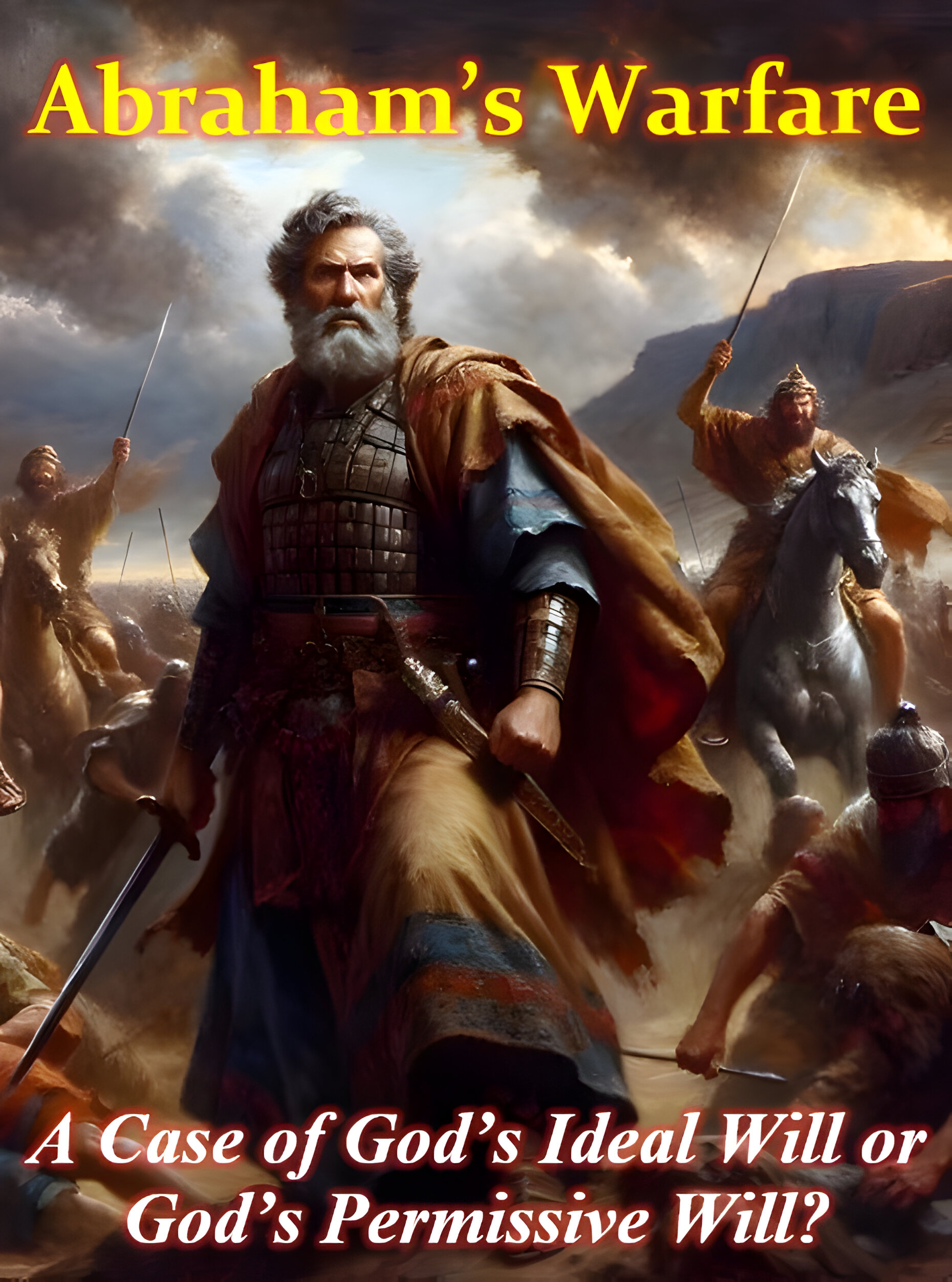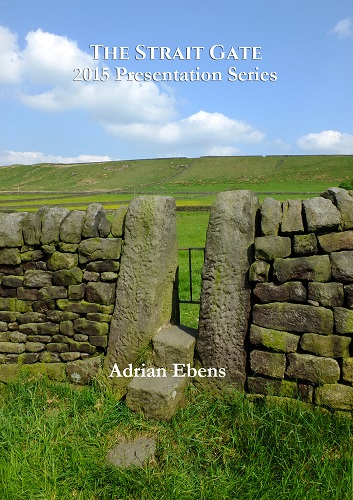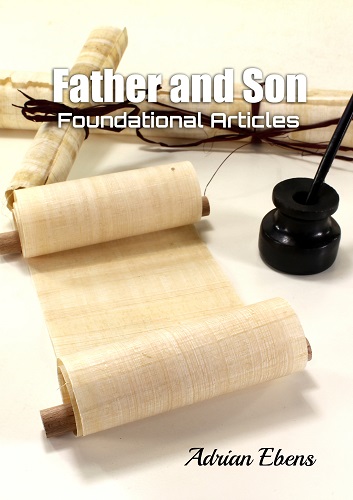How to determine the New Moon - Karaite Reckoning
I just received an email from Karaite Devorah Gordon explaining the Karaite method of calculating the New Moon. Her explanation of the Hebrew of Chodesh is significant and I believe will be helpful for those seeking a deeper understanding of this subject.
Adrian Ebens
In the Biblical Calendar, a month begins when the Cresent New Moon becomes visible. How do we know this? Well, because the Biblical word for the beginning of the month is “chodesh” (1 Samuel 20:5; Eziekiel 46:1). And you don’t need to know much Hebrew to see that the word “chodesh”, clearly comes from the root ch.d.sh., which means “new”. And the only thing that is new about the moon, is when the crescent becomes visible again.
The only reason I can think of, that someone might think the month begins with conjunction, is that they were influenced by the Rabbinic Hillel II Calendar, which begins the 7th month based on conjunction (and then does some adjustments).
But it’s important to understand that the Rabbinites know that the Biblical month begins with the visibility of the crescent new moon, just look at the Talmud, and the Muslims know this as well. The only reason the Hillel II Calendar begins the 7th month based on conjunction, is because the Hillel II Calendar was created when they were in Exile, and therefore had no way of knowing when the crescent New Moon was visible in Israel, and so they decided to create a fixed calendar.
Why did the Rabbinic Hillel II Calendar choose to begin the 7th month based on conjunction, as opposed to potential visibility of the crescent New Moon? Well, because if they were to try and predict the visibility of the crescent New Moon, there could be a group that disagreed with that prediction, which could lead to division, and then the Rabbinites could lose power over the people. But if they started the 7th month based on conjunction, no one could dispute it, because it’s a straightforward calculation.
So what verse do non-Rabbinites, who start the month with conjunction bring as evidence? Psalm 4[3], which says “Sound the ram’s horn at the New Moon, and when the moon is full, on the day of our festival. [NIV]”
So someone who begins the month at conjunction, would have sound the ram’s horn on September 26, 2022 at 12:54am in Israel, and then again on the full moon which will be October 9, 2022 at 11:54pm in Israel, or I assume they wait until the following evening, but I actually have no idea.
Now, someone who begins the month when the crescent new moon becomes visible, would have sounded the ram’s horn on September 27, 2022 in the evening, and then again at the beginning Chag HaSukkot, which would be October 11, 2022 in the evening.
So, assuming the people who start the month with conjunction, do in fact wait until the following evening, we are only talking about a difference of day. And if you look up at the moon on October 11, 2022 in the evening, I don’t think the difference will be that noticeable, which is why I think the verse called it “full moon”, even though technically, it’s a little past “full moon”.
I also think the Psalm 4[3] argument is a weak one, because I don’t think the ancient Israelites knew how to calculate for conjunction (Dt 30:11). In fact, I would be surprised if the average person, who believes the month begins with conjunction, knows how to do these computations. I think it’s much more reasonable to assume that the ancient Israelites would just look up, see the crescent new moon, and know it was the beginning of the month, and at the beginning of Chag HaSukkot, they would look up, and notice how full the moon looked.
If reliable New Moon and Barley Inspection reports from Israel are of value to you, please support our efforts. We could really use your help to restore the Biblical Calendar.
Chodesh Tov! Make it a great month!
Devorah Gordon
Jerusalem, Israel
Check Devorah Gordon's dating here: https://www.facebook.com/datetree/




